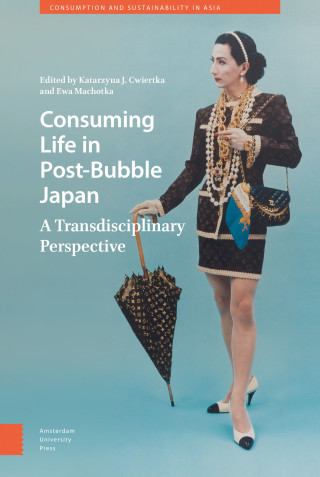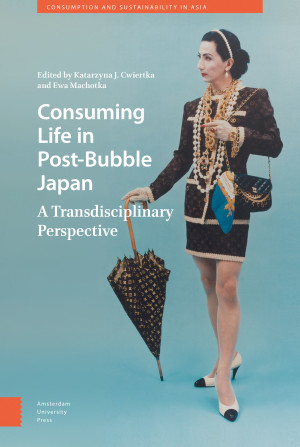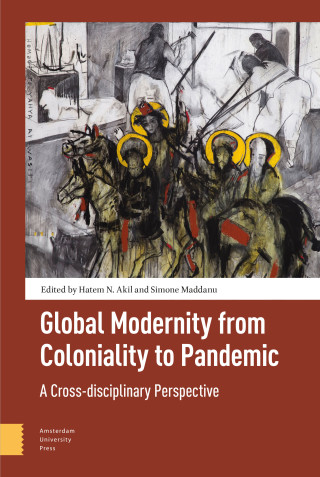Acknowledgements
Notes to the Reader
Notes on Contributors
List of Figures
List of Tables
Introduction — Katarzyna J. Cwiertka and Ewa Machotka
Consumption
Sustainability
The post-bubble era and research on consumption
Konbini, landscape, and sustainable art
Works cited
Chapter 1: Post-Bubble Japanese Department Stores: The Need to Search for New Paradigms — Hendrik Meyer-Ohle
Abstract
Introduction
Department stores in Japan
Educating customers: Is my diamond the right size? Am I wearing the right dress?
Developing new customer groups: Fashioning the salary man and husband — Imagining the old and the new Japan
Mangoes on Marine Day: Post-bubble department stores
Works cited
Websites consulted
Chapter 2: Consumption of Fast Fashion in Japan: Local Brands and Global
Environment — Stephanie Assmann
Abstract
Introduction
Background: Social stratification and consumer behaviour
Declining incomes and consumer expenditures
Fast Retailing: The outdoor brand UNIQLO
Ryohin Keikaku: The label without a label — Mujirushi Ryohin
Fast fashion and sustainability
International competitors: ZARA and H&M
A high-end fashion retailer: Louis Vuitton
The significance of price, brand, quality, and sustainability: The post-bubble consumer
Works cited
Company websites
Chapter 3: Konbini-Nation: The Rise of the Convenience Store in Post-Industrial Japan — Gavin H. Whitelaw
Abstract
Introduction
Coming of age with konbini
Relocalizing konbini
Convenience becoming ‘konbini’
Shifting perceptions
Konbini panics and convenience concerns
‘Konbinize Me’: Waste and want
‘Between’ places
Conclusion
Works cited
Chapter 4: Serving the Nation: The Myth of Washoku — Katarzyna J. Cwiertka
Abstract
Introduction
What’s in a name?
The UNESCO nomination
National branding and food self-sufficiency
Conclusion
Works cited
Film cited
Websites consulted
Chapter 5: Consuming Domesticity in Post-Bubble Japan — Ofra Goldstein-Gidoni
Abstract
The Hanako tribe: Single women as hedonistic consumers
The production of new consuming tribes: Women’s magazines at the burst of the bubbleThe new-type housewives as a post-bubble return to ‘traditional’ gender roles?
Female domesticity is fun: Marketing the joy of housewifery
Tradition in fashionable wear: Designer aprons as symbols of the new femininity
Female beauty and domesticity as a new kind of a national spirit
Conclusion ?
Works cited
Websites consulted
Chapter 6: The Metamorphosis of Excess: ‘Rubbish Houses’ and the Imagined Trajectory of Things in Post-Bubble Japan — Fabio Gygi
Abstract
Introduction
Attack of the rubbish aunt!
Gomi yashiki as the uncanny
Consuming the bubble
The exaltedness of the new
Rendering absent
Secondhandedness and mottainai
‘A complicated emotion’: Taguchi’s ‘Jamira’
Conclusion
Works cited
Chapter 7: Robot Reincarnation: Rubbish, Artefacts, and Mortuary Rituals — Jennifer Robertson
Abstract
Rubbish, art, and artefacts
Robots and rubbish: Consumption and disposal
Robot reincarnation
Film cited
Works cited
Websites consulted
Chapter 8: Art and Consumption in Post-Bubble Japan: From Postmodern Irony to Shared Engagement — Gunhild Borggreen
Abstract
Introduction: Japan as consumer society
The artist as ethnographer
Representations of consumption
Art as consumption
Community-based consumption
Conclusion
Works cited
Websites consulted
Chapter 9: The Fate of Landscape in Post-War Japanese Art and Visual Culture — Hayashi Michio
Abstract
A.K.A. Serial Killer and the extinction of landscape
PROVOKE and the Discover Japan campaign
Lee U-fan’s aesthetics: Phenomenology and structuralism
Kawabata Yasunari and his Hawai’i lecture
Karatani Kojin’s theory of landscape
Long Epilogue: Sugimoto Hiroshi and the notion of post-landscape
Works cited
Film cited
Websites consulted
[inhoudsopgave gaat nog verder, maar kader is te klein]





